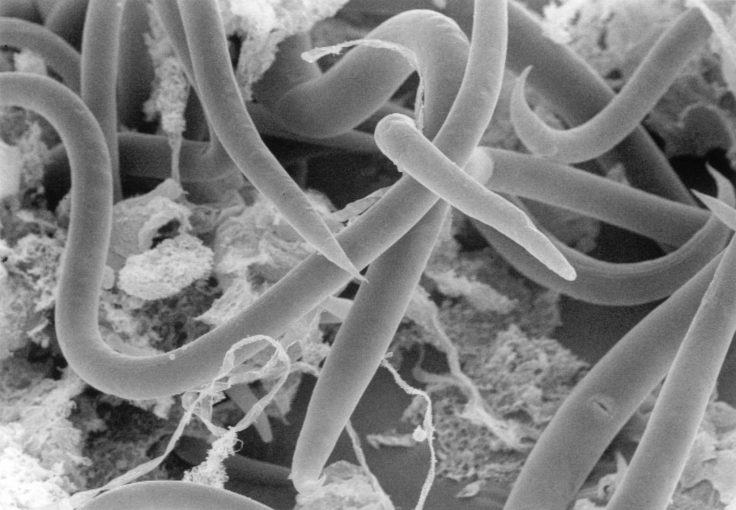Study of roundworm that returns to life after freezing
The first molecular study of an organism able to survive intracellular freezing (freezing within its cells) is published this week by British Antarctic Survey (BAS), in collaboration with researchers from the University of Otago, New Zealand. The paper represents a milestone in scientists’ understanding of an extraordinary adaptation.
The tiny Antarctic nematode, also known as a roundworm (Panagrolaimus sp. DAW1), was cultured from a coastal Antarctic penguin rookery at McMurdo Sound, and is the best-documented organism able to survive the disruptions brought about by total freezing. The nematode is also able to undergo a form of freeze avoidance by eliminating all of its water content, called cryoprotective dehydration. However, it is the ability to survive intracellular freezing which makes this organism really stand out.

Exploring gene expression patterns, the researchers were able to show how molecularly active the nematodes are while in a frozen state, highlighting certain key genes enabling them to endure such an extreme physical state.
This is the first study of its kind, shedding light on a possibly rare adaptation, which could lead to new applications.
Lead author, computational biologist, Michael Thorne from BAS says:
“This Antarctic nematode is an extraordinary model for cold tolerance studies with its two adaptive strategies for surviving extreme low temperature conditions. No other organism that we know of is able to withstand freezing in its cells with as good a survival rate. Once thawed from such a state it is able to produce offspring.”
“To date no work has been carried out at the molecular level on any organism able to survive total freezing, and the insights provide a great starting point for a fascinating biological phenomenon.”
The paper, molecular snapshot of an intracellular freezing event in an Antarctic nematode, by Michael Thorne, Anna Seybold, Craig Marshall and David Wharton, is published in Cryobiology here